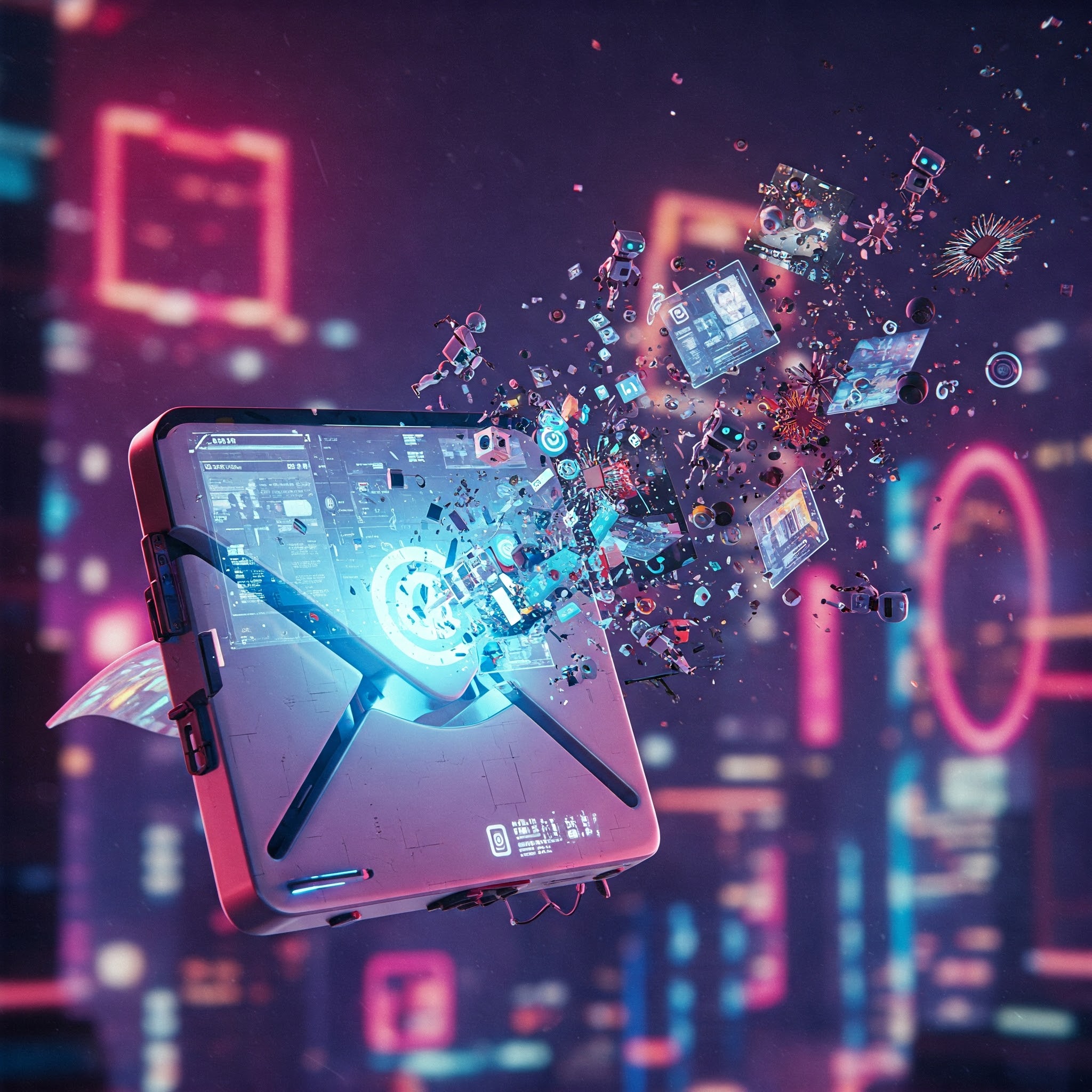AI: Coming Soon to a Visual Effect Near You
According to a recent press release, the AI in VFX market is projected to balloon to USD 25.51 billion by 2034. That’s a CAGR of 19.38%, for those keeping score at home. In other words, AI is poised to become less of a futuristic fantasy and more of a mainstay in how our favorite (and not-so-favorite) movies and TV shows are made.
From Cicero to CGI: What’s the Deal?
So, what exactly is driving this surge? The usual suspects: faster turnaround times, the promise of more realistic effects, and, of course, the ever-present pressure to slash production costs. Who needs artists when you can have algorithms, right? (Don’t worry, artists, we’re kidding… mostly.)
We’ve all seen the potential of AI in other creative fields. From generating images to writing (questionable) articles, AI is already making waves. VFX is just the next logical step, although the technical hurdles are arguably much higher. Think photorealistic skin rendering or simulating complex fluid dynamics. These are problems that have traditionally required teams of highly skilled artists and engineers. AI offers the tantalizing prospect of automating at least parts of these processes.
The Promised Land of VFX?
Imagine a world where directors can iterate on visual effects in real-time, budgets aren’t held hostage by rendering farms, and post-production schedules actually…well, schedule. That’s the utopian vision being sold, and it’s easy to see the appeal.
AI could, theoretically, handle the grunt work: generating initial rough drafts of effects, cleaning up noisy footage, or even automating the tedious process of rotoscoping. This frees up human artists to focus on the more creative and nuanced aspects of their work. At least, that’s the theory.
The Skeptic’s Lens
Of course, no technological revolution comes without its share of skepticism. Will AI truly deliver on its promises, or will it just lead to a glut of uncanny valley visuals and homogenous aesthetics? Will it empower artists, or replace them?
These are valid concerns. AI, at least for now, is only as good as the data it’s trained on. If that data is biased or limited, the results will reflect those limitations. Plus, there’s the whole issue of artistic control. Can an algorithm truly understand and execute a director’s vision, or will it just churn out technically impressive but soulless effects?
The Crystal Ball (Slightly Smudged)
Predicting the future is a fool’s errand, but we can make some educated guesses. It seems likely that AI will become an increasingly integral part of the VFX pipeline, but it won’t entirely replace human artists any time soon. The sweet spot will probably be a hybrid approach, where AI handles the more mundane tasks, allowing artists to focus on the creative problem-solving that requires uniquely human skills. It’s a brave new world, for better or worse. One thing is certain: things will definitely be different and it’s worth keeping an eye on. Who knows what tomorrow brings… maybe a photorealistic digital recreation of yourself to replace you at work?

